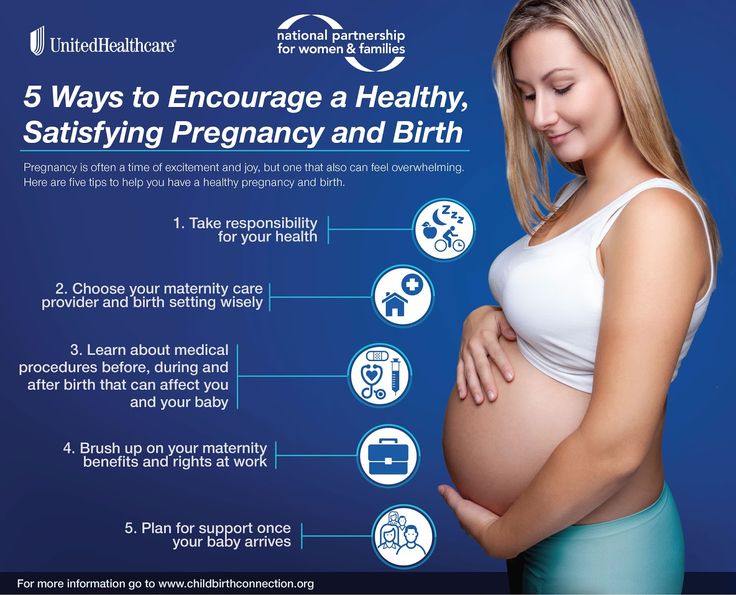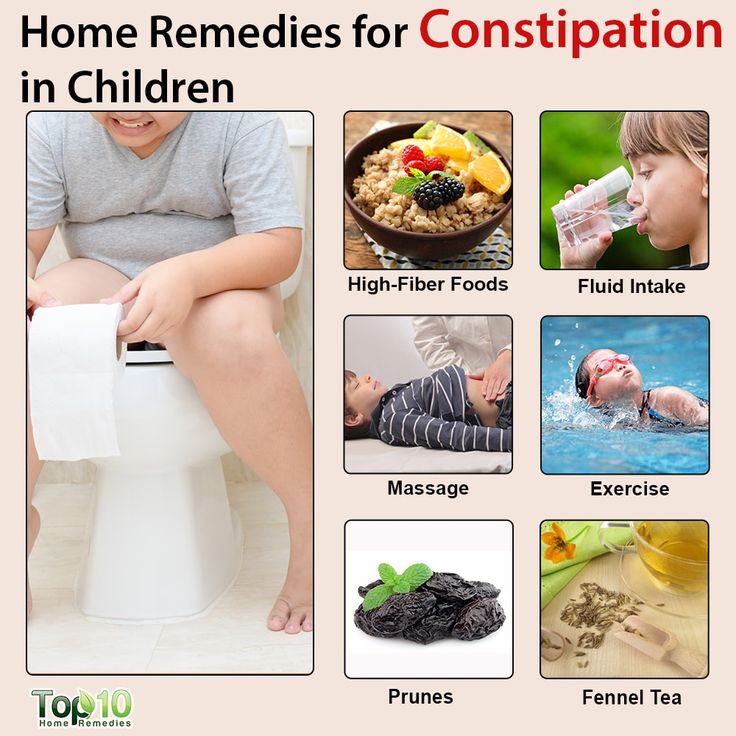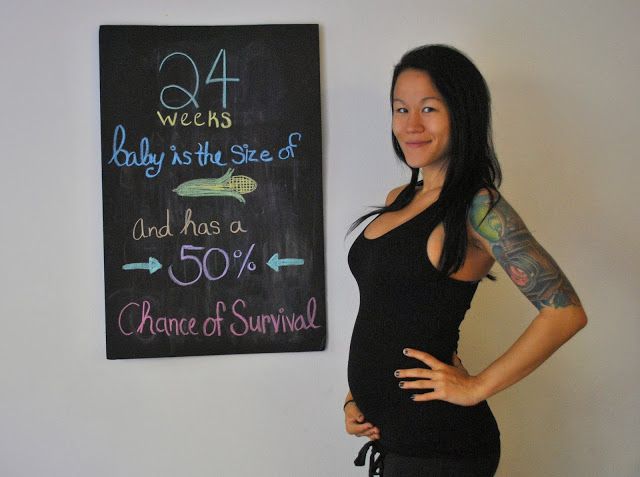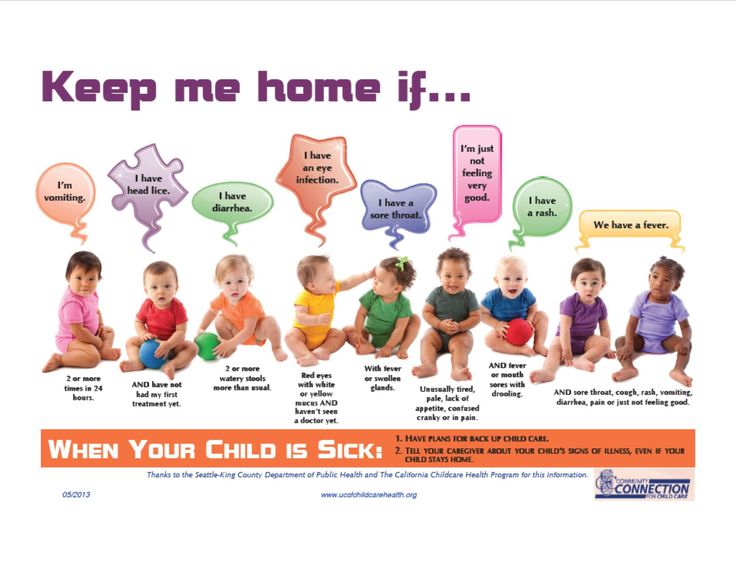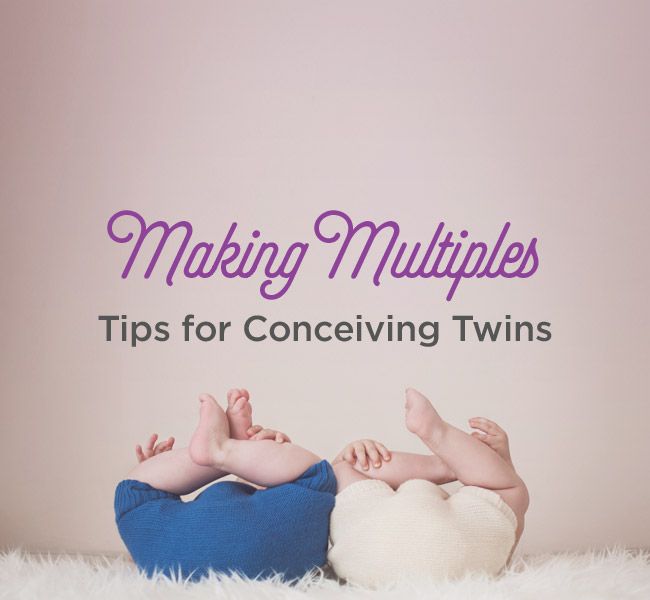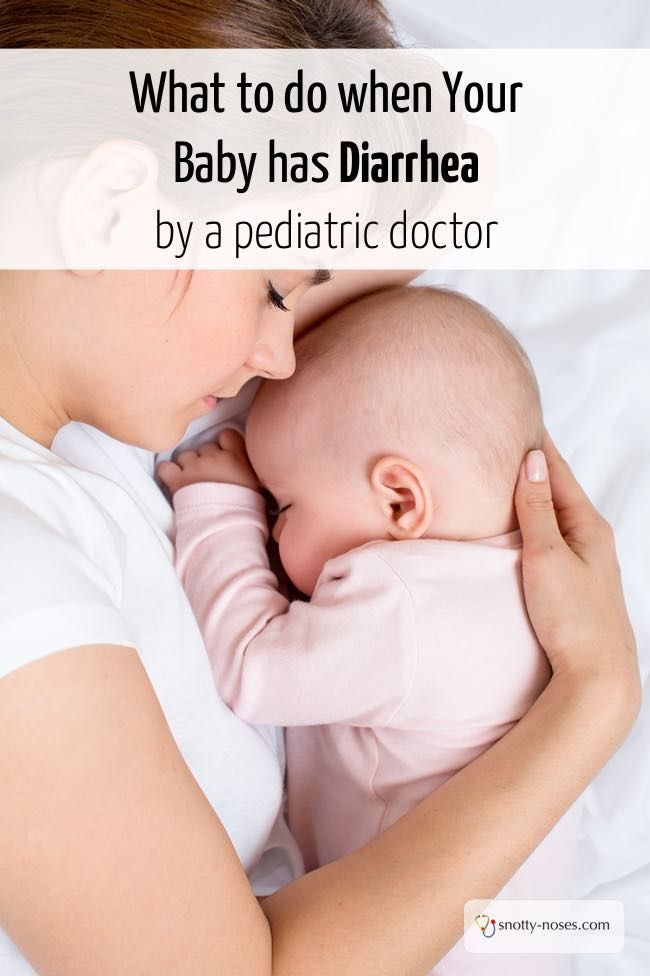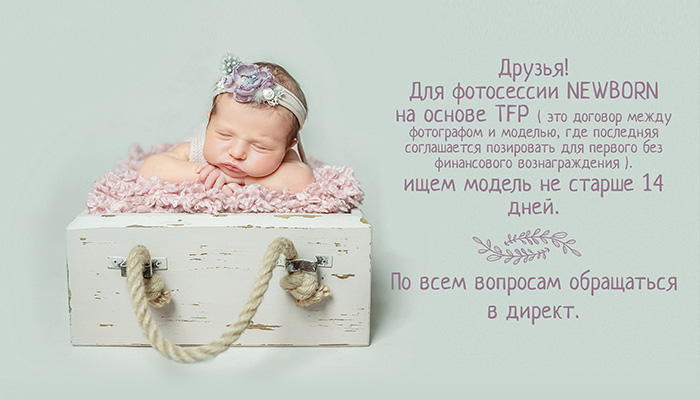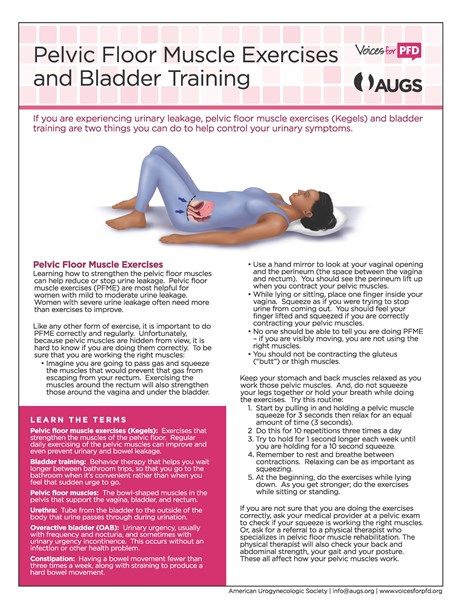Health care maternity
Health Coverage Options for Pregnant or Soon to Be Pregnant Women
All Health Insurance Marketplace® and Medicaid plans cover pregnancy and childbirth. This is true even if your pregnancy begins before your coverage starts.
Maternity care and newborn care — services provided before and after your child is born — are essential health benefits. This means all
qualified health plans
An insurance plan that’s certified by the Health Insurance Marketplace®, provides essential health benefits, follows established limits on cost-sharing (like deductibles, copayments, and out-of-pocket maximum amounts), and meets other requirements under the Affordable Care Act. All qualified health plans meet the Affordable Care Act requirement for having health coverage, known as “minimum essential coverage.”
inside and outside the Marketplace must cover them.
Choose your situation below for more information:
-
If you’re pregnant or planning to get pregnant:
- If you don’t have health coverage
- If you currently have Marketplace coverage
- If you may qualify for Medicaid or the Children’s Health Insurance Program (CHIP)
-
If you recently gave birth:
- If you don’t have health coverage
- If you currently have Marketplace coverage
- If you have Medicaid or CHIP
If you’re pregnant or planning to get pregnant:
If you don’t have health coverage
If you currently have Marketplace coverage
- If you want to keep your current Marketplace coverage, don’t report your pregnancy to the Marketplace.
When filling out your application for Marketplace coverage, select the “Learn more” link when we ask if you’re pregnant to read tips to help you best answer this question.
- If you report your pregnancy, you may be found eligible for free or low-cost coverage through Medicaid or the Children’s Health Insurance Program (CHIP). If you are found eligible for Medicaid or CHIP, your information will be sent to the state agency, and you will not be given the option to keep your Marketplace plan.
- If you keep your Marketplace coverage, be sure to update the application after you give birth to add the baby to the plan or enroll them in coverage through Medicaid or CHIP, if they qualify.
If you may qualify for Medicaid or the Children’s Health Insurance Program (CHIP)
- Medicaid and CHIP provide free or low-cost health coverage to millions of Americans, including some low-income people, families and children, and pregnant women.
- Eligibility for these programs depends on your household size, income, and citizenship or immigration status.
 Specific rules and benefits vary by state.
Specific rules and benefits vary by state. - You can apply for Medicaid or CHIP any time during the year, not just during the annual Open Enrollment Period.
- You can apply 2 ways: Directly through your state agency, or by filling out a Marketplace application and selecting that you want help paying for coverage.
- Learn how to apply for Medicaid and CHIP.
- If found eligible during your pregnancy, you’ll be covered for 60 days after you give birth. After 60 days, you may no longer qualify. Your state Medicaid or CHIP agency will notify you if your coverage is ending. You can enroll in a Marketplace plan during this time to avoid a break in coverage.
- If you have Medicaid when you give birth, your newborn is automatically enrolled in Medicaid coverage, and they’ll remain eligible for at least a year.
If you recently gave birth
If you don’t have health coverage
IMPORTANT: Having a baby qualifies you for a Special Enrollment Period
This means that after you have your baby you can enroll in or change Marketplace coverage even if it’s outside the
Open Enrollment Period
The yearly period (November 1 – January 15) when people can enroll in a Marketplace health insurance plan.
. When you enroll in the new plan, your coverage can be effective from the day the baby was born. Learn more about Special Enrollment Periods and how to apply.
- It’s important to have access to health care services for both new mom and baby. Make sure you apply within 60 days after your baby’s birth. Your plan can cover you, your baby, and any other household members.
- If you had Medicaid or CHIP coverage that ended after you gave birth (or if your state told you it’ll end soon), you can apply for Marketplace coverage. Losing other coverage qualifies you for a Special Enrollment Period. When you fill out your application, select that you were found ineligible for Medicaid or CHIP by the state agency.
If you currently have Marketplace coverage
IMPORTANT: Having a baby qualifies you for a Special Enrollment Period
-
If you already have Marketplace coverage when your baby is born, you can:
- Keep your current plan and add your baby to your coverage, OR
- Create a separate enrollment group for your baby and enroll him or her in any plan for the remainder of the year.
 Note: The ability to select any plan only applies to your baby. You will generally not be allowed to change plans
Note: The ability to select any plan only applies to your baby. You will generally not be allowed to change plans
-
No matter when your child is born, you should report their birth to the Marketplace by updating your application as soon as possible. Your coverage options and potential savings may change as a result. You may qualify for more savings than you’re getting now, which could lower what you pay in monthly premiums.
- When you update your application, we’ll also tell you if you or your baby may be eligible for Medicaid or CHIP.
- Log into your account to “Report a Life Change”.
If you have Medicaid or CHIP
- If found eligible during your pregnancy, you’ll be covered for 60 days after you give birth. After 60 days, you may no longer qualify. Your state Medicaid or CHIP agency will notify you if your coverage is ending. You can enroll in a Marketplace plan during this time to avoid a break in coverage.
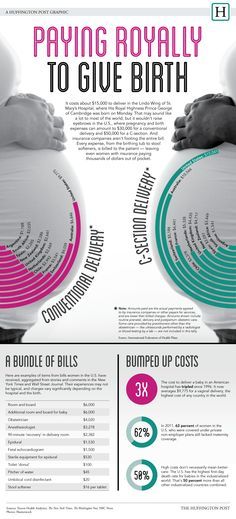
- If you have Medicaid when you give birth, your newborn is automatically enrolled in Medicaid coverage, and they’ll remain eligible for at least a year.
Start here
- See if you can enroll
- Get Medicaid & CHIP info
- Send documents
Related content
- Birth control benefits
- Breastfeeding benefits
- Preventive care benefits for women
Back to top
Does Insurance Cover Childbirth & Pregnancy Costs?
All major medical insurance plans today cover pregnancy. This coverage includes prenatal care, inpatient services, postnatal care, and newborn care. These essential services were put in place by the Affordable Care Act and help make it easier for both planning and expectant mothers to get insurance.
However, it’s still important to understand how health insurance works concerning pregnancy, since every pregnancy is different and will incur different costs. If you don’t have insurance and are pregnant, you may qualify for government health insurance programs, and if you don’t, there may be free or discounted care options available to you in your area.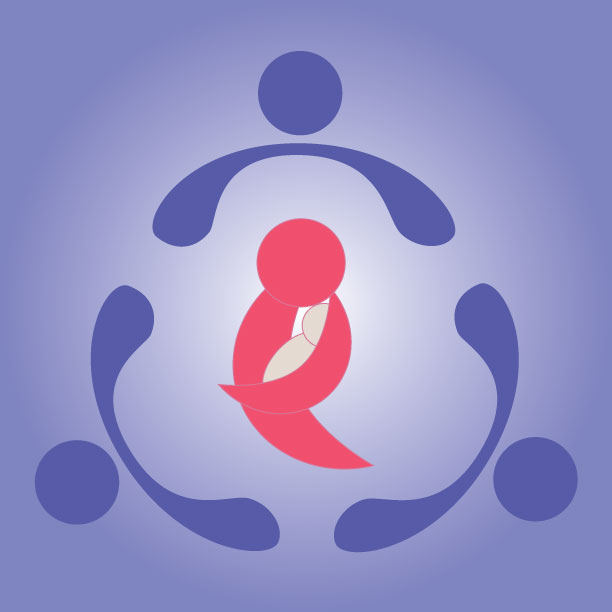 Continue reading to learn more about getting health insurance while pregnant and how much insurance covers when having a baby.
Continue reading to learn more about getting health insurance while pregnant and how much insurance covers when having a baby.
All major medical/ACA health plans are required to cover pregnancy and childbirth
Does insurance cover childbirth?
All major medical/ACA health insurance plans cover pregnancy and childbirth. Under the Affordable Care Act, pregnancy and maternity care are one of the ten essential health benefits that must be covered by health insurance plans offered to individuals, families, and small groups. Health insurance for pregnancy, labor, delivery, and newborn care became mandatory in 2014 under the ACA.
Even if you don’t have health insurance, there may be free or discounted services for expecting mothers in your area. There are also affordable options such as hospital indemnity policies; however, these may not cover as many pregnancy benefits like a major medical health insurance plan would.
What has changed about maternity coverage?
While all individual, family, and group plans must cover pregnancy, that wasn’t always the case. Before the ACA, maternity coverage wasn’t a guaranteed benefit. Before 2014 only around 12% of individual plans on the market listed pregnancy as a covered benefit, according to the National Women’s Law Center. Only nine states required maternity coverage before 2014.
Before the ACA, maternity coverage wasn’t a guaranteed benefit. Before 2014 only around 12% of individual plans on the market listed pregnancy as a covered benefit, according to the National Women’s Law Center. Only nine states required maternity coverage before 2014.
Maternity coverage was previously only offered by a limited number of plans or had to be added on as a special rider in addition to a plan. These riders also usually had a waiting period.
Additionally, before the ACA, pregnancy was considered a pre-existing condition, which meant insurers could decline or raise coverage prices for expecting mothers. This meant that pre-2014 coverage could be denied or made more expensive to pregnant women by health insurance providers.
Maternity services covered by health plans
What does insurance cover for pregnancy and childbirth?
Maternity services covered by health plans include:
- Outpatient services – These services include prenatal and postnatal doctor visits, gestational diabetes screenings, lab studies, medications, etc.

- Inpatient services – such as hospitalization, physician fees, etc.
- Newborn baby care
- Lactation counseling and devices
It’s important to keep in mind that your coverage may vary depending on what plan you have since insurers can choose how they cover these benefits. Additionally, out-of-pocket costs are dependent on several factors, such as the metallic tier of coverage you have, deductibles, copayments, and which providers you choose.
What specific benefits are covered by my insurance during pregnancy?
Health plans are required to provide a Summary of Benefits and Coverage documents. The summary will detail how each specific plan covers the cost of pregnancy and childbirth. If you are pregnant or plan on getting pregnant, review this summary to see how your plan – or to compare how different plans – cover childbirth, this way you will know what to expect and are less likely to get any surprise medical bills.
Keep in mind that these services are covered by major medical plans even if you got pregnant before your coverage starts.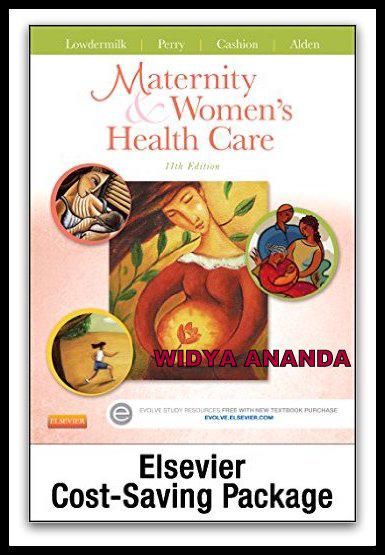 Thanks to the ACA, pre-existing conditions are covered, which includes pregnancy. It’s also important to consider that if you have a grandfathered individual health plan – this is not the kind of plan you get through your employer, it’s a plan you buy yourself – you aren’t required to cover pregnancy and childbirth. If you have a grandfathered individual health insurance plan, you may want to call your insurance company to learn about your plan’s pregnancy and childbirth coverage.
Thanks to the ACA, pre-existing conditions are covered, which includes pregnancy. It’s also important to consider that if you have a grandfathered individual health plan – this is not the kind of plan you get through your employer, it’s a plan you buy yourself – you aren’t required to cover pregnancy and childbirth. If you have a grandfathered individual health insurance plan, you may want to call your insurance company to learn about your plan’s pregnancy and childbirth coverage.
If my doctor is in-network, my hospital is in-network, right?
Most people assume that since their doctor is covered by insurance that the hospital in which they’re giving birth is also in-network. This is not always the case. Just because an in-network doctor has privileges at a specific hospital doesn’t make the hospital in-network. Additionally, neonatal intensive care units (NICUs) can be contracted by the hospital, which means they may be out-of-network. If your baby ends up going to the NICU and it so happens to be out-of-network, you can end up with surprise out-of-pocket expenses.
Similarly, if you choose to have an epidural, the anesthesiologist may not be in-network. It’s a good idea to call your insurance and make sure they cover the providers you plan to use before you give birth to make sure they’re in-network and you don’t get stuck with any expensive and unexpected medical bills.
Can you get or switch health insurance coverage while pregnant?
You can enroll in health insurance coverage during the annual open enrollment period, which runs from November 1st through December 15th in most states. Some states have extended open enrollment; to learn more about the open enrollment period in your state, check out our OEP by state breakdown.
You cannot enroll or change health insurance plans outside of the open enrollment period unless you experience a qualifying life event. A qualifying life event will trigger a special enrollment period, which typically lasts around 60-days. During these 60 days, you may enroll or switch health insurance coverage.
While giving birth is a qualifying life event, becoming pregnant is not a qualifying life event. This means that after you give birth, you will qualify for a special enrollment period. During this 60 day period, you can enroll in a major medical health insurance plan, switch health insurance plans, or keep your current plan and add your child to your coverage.
What pregnancy benefits should you consider when looking at plans?
If you are pregnant or plan to become pregnant, some important things to consider about your current or any potential health insurance plan are:
- If you need a referral to see a specialist/OBGYN from your primary care physician
- The covered cost of labor and delivery
- Your copay, coinsurance, and deductible amounts
- If prenatal testing is covered – ultrasounds, amniocentesis, and genetic testing
- If you need to be preauthorized to receive prenatal care
- If non-traditional deliveries are covered – midwives and home-births (some health insurance plans consider home deliveries ‘not medically appropriate’ and will not cover them, so make sure to check with your insurer if you plan on having a non-traditional birth).
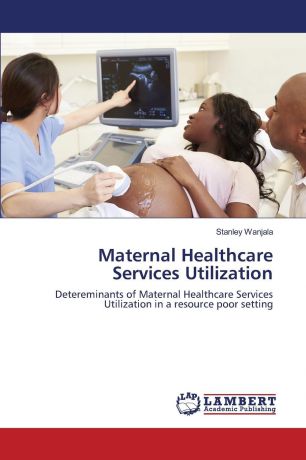
- If private rooms are covered or if you will need to share a room during hospital delivery.
The cost of childbirth without insurance
How much does it cost to give birth?
Prenatal care and giving birth is expensive – according to The Cost of Having a Baby in the United States, the average cost for a vaginal delivery was $32,093 and a cesarean section was $51,125 in 2013. Additionally, the cost of giving birth varies greatly. For instance, Researchers at the University of California, San Francisco, in 2014, the cost of giving birth varied widely from $3,296 to $37,227 for an uncomplicated vaginal birth and $8,312 to almost $71,000 for a cesarean section.
Insurance typically covers a good portion of these expenses, but families may still need to be prepared to cover thousands in remaining costs. How much you pay out-of-pocket for coverage will vary depending on if you’ve met your deductible, if you have copays or co-insurances, if you’ve gone out-of-network, and other factors.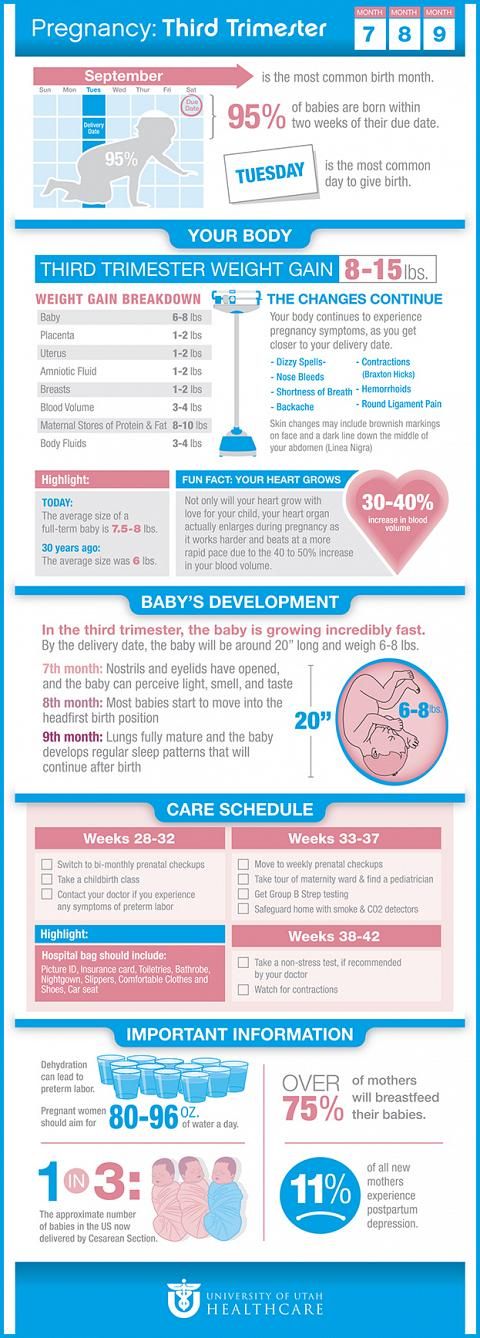
These are prices for births that go well. These averages do not include those who had complicated births or C-sections or if you or your baby requires an ICU or NICU stay. If you have complications during a C-section, you could be looking at health insurance bills totaling to around $80,000. Keep in mind that these prices do not include the cost of well-mother visits and tests, postnatal care, or newborn care.
Is pregnancy still considered a pre-existing condition?
Even though all ACA-compliant plans have to cover prenatal services, birth, and infant care, pregnancy is still considered a pre-existing condition. While this is generally irrelevant when it comes to purchasing major medical insurance, it does matter when it comes to short-term health insurance.
Does short-term health insurance cover pregnancy?
Short-term health insurance is a great option for those who missed the open enrollment period, are looking for affordable coverage for worst-case scenario situations, and those looking to cover any other gaps in health insurance coverage. Short-term insurance is cheaper, but these plans provide much less comprehensive coverage than major medical plans. Unlike ACA-compliant plans, short-term plans can also deny coverage if you have a pre-existing condition or refuse to cover care related to pre-existing conditions. Since pregnancy is still viewed as a pre-existing condition, short-term plans are very unlikely to cover care related to pregnancy or birth.
Short-term insurance is cheaper, but these plans provide much less comprehensive coverage than major medical plans. Unlike ACA-compliant plans, short-term plans can also deny coverage if you have a pre-existing condition or refuse to cover care related to pre-existing conditions. Since pregnancy is still viewed as a pre-existing condition, short-term plans are very unlikely to cover care related to pregnancy or birth.
In a recent Kaiser Family Foundation (KFF) review of 24 short-term health insurance plans offered by two large online providers, none were found to cover maternity care. Additionally, short term plans generally do not cover abortions – which typically cost under $1000 for procedures performed during the first trimester, which doesn’t include the cost of travel and time off work which is an important factor for women who live in states where there is a mandatory waiting period to get an abortion.
While short-term plans are great options in other situations, they will not help offset the cost of pregnancy and giving birth.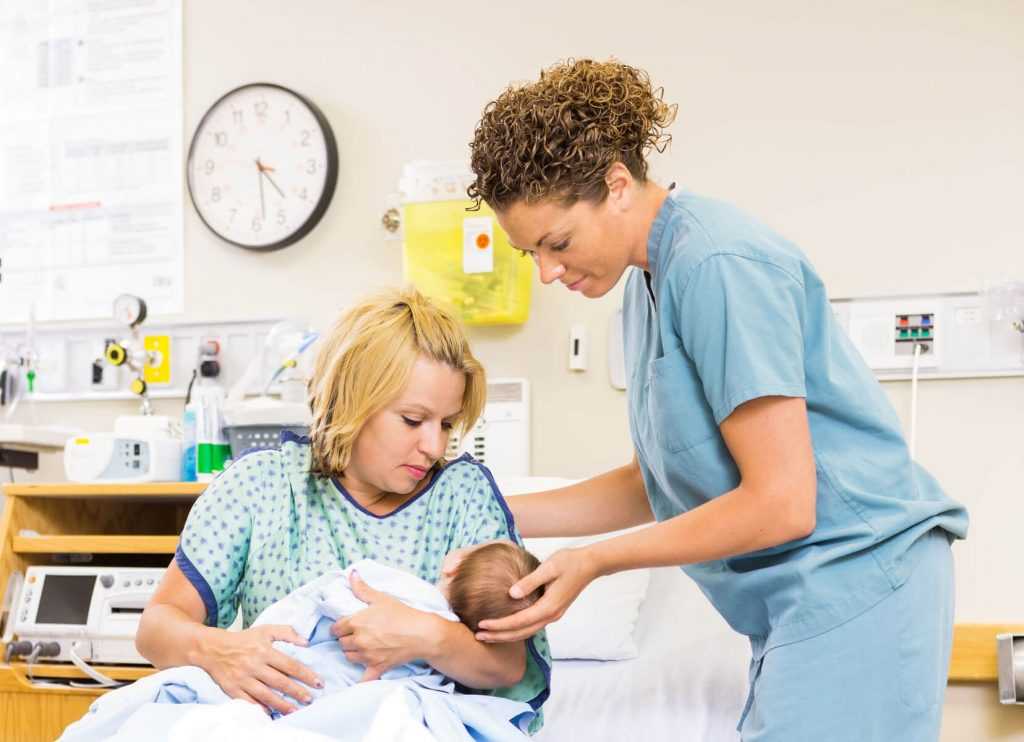
What if I’m pregnant without health insurance?
If you are pregnant without health insurance, it is a wise decision to try to get health insurance coverage considering how expensive pregnancy and giving birth is.
If you haven’t experienced a qualifying life event, you may qualify for Medicaid or the Children’s Health Insurance Program (CHIP). Pregnancy care and childbirth are both covered under Medicaid and CHIP. Unlike individual or family health insurance, there is no national open enrollment period for Medicaid or CHIP – which means you can enroll year-round if you qualify.
To qualify for Medicaid, you may have to meet an income requirement. Typically, those who have an annual income of 133% or below of the Federal Poverty Line (FPL) will qualify for Medicaid as they are considered “categorically needy.”
However, due to expansions to Medicaid, women who are pregnant are more likely to qualify for coverage. This means that even if you were previously denied Medicaid based on income, you might qualify now that you are pregnant as you may be considered “medically needy. ”
”
Additionally, due to expansions to Medicaid, eligibility varies by state. If you find yourself pregnant and without health insurance, apply for Medicare pregnancy coverage, even if you think you will not qualify.
What if I don’t qualify for Medicaid but am pregnant and uninsured?
If you don’t qualify for Medicaid or CHIP, there are still other ways for you to save money during your pregnancy and delivery. For those who are in generally good health and expect an uncomplicated delivery, birth centers are a great option as they are typically less expensive than giving birth in a hospital ward.
Another option you may consider to help pay for the cost of your pregnancy and delivery are axillary insurance products – such as short-term disability insurance or hospital indemnity plans. These plans can help you offset the cost of care and help make up for any time you spend out of work during your pregnancy, delivery, and after giving birth.
You also may be able to advocate for a lower price for your delivery with your hospital. Typically hospitals have a charity or self-pay rates for those who pay for care out of pocket.
Typically hospitals have a charity or self-pay rates for those who pay for care out of pocket.
You may be able to find free or low-cost maternity care in your area, depending on what resources you can find within your community. You may be able to find discounted or free care through Hill-Burton facilities or other charitable organizations, such as:
- Planned Parenthood: If you don’t have insurance, your local Planned Parenthood center may be a valuable resource for maternal care and family planning. At some locations, not all, you can receive low-cost or free prenatal care. Other family planning clinics also may be able to provide you with help during your pregnancy.
- Public Health Departments: Your local public health department may provide maternity care. They do not provide insurance, but they may be able to provide you with care relating to your pregnancy if you meet an income requirement.
- Community health centers: Community health centers provide care to those with limited access to health care.
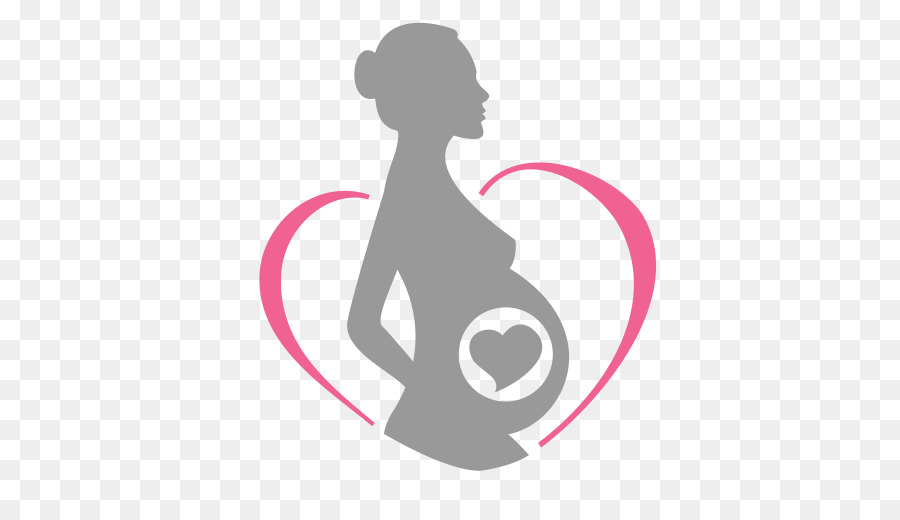 They do not provide insurance options; however they can provide you with comprehensive prenatal care.
They do not provide insurance options; however they can provide you with comprehensive prenatal care.
The fees for their services tend to be based on income level. - Charity care organizations: Some organizations provide services to help women with their pregnancy. Catholic Charities and Lutheran Services are two examples of these organizations. The services offered at these charities may vary depending on location. However, services tend to range from free maternity care and postpartum care to lodging.
- Hill-Burton Facilities: According to the Health Resources and Services Administration (HRSA), there are currently 132 (as of 8/2/2019) facilities that are obligated to provide free or low-cost healthcare since they’ve accepted grants or loans provided by the Hill-Burton act.
If you have a Hill-Burton Facility in your area, this may be a great resource for you to find free or low-cost care for you during your pregnancy or delivery. You do not have to be a citizen to qualify, though you will have to meet an income requirement.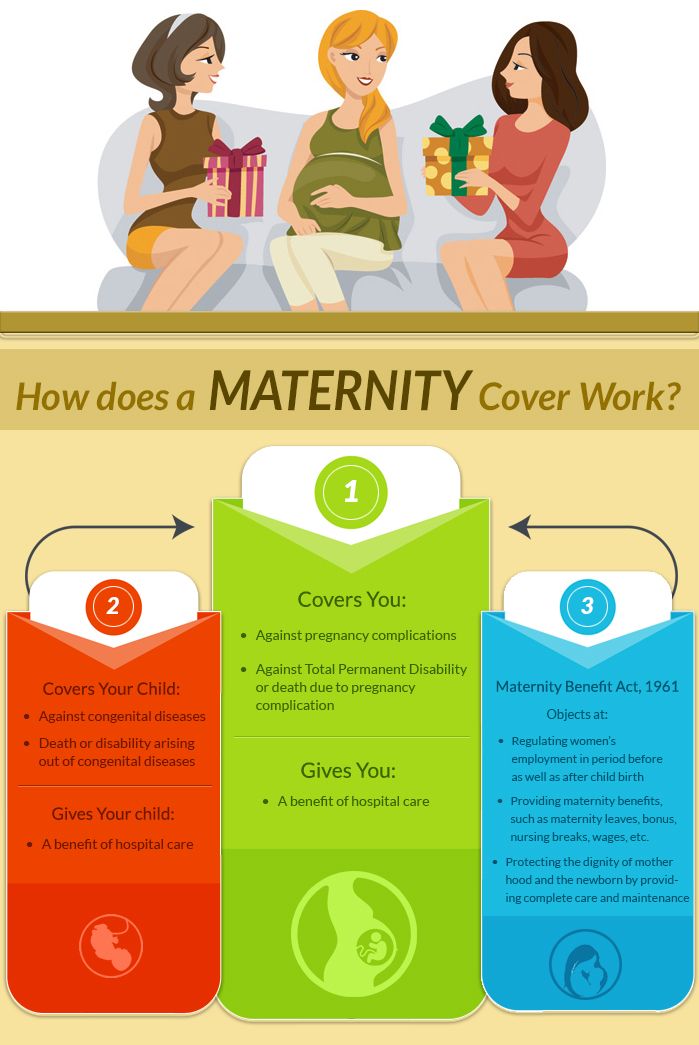
According to the HRSA, there are no Hill-Burton obligated facilities in Alaska, Delaware, Indiana, Maryland, Minnesota, Nebraska, Nevada, North Dakota, Ohio, Rhode Island, South Dakota, Utah, Vermont, Wyoming, and all the territories apart from Puerto Rico.
Birth centers may save you money
If you’re medically low risk, it may be worth looking into the possibility of giving birth in a birth center instead of a hospital. In an AABC study, birth centers were shown to be a safe place to give birth for medically-low risk women. Additionally, birth centers are significantly less expensive than giving birth in a hospital ward and have a high rate of patient satisfaction.
Birth centers are characterized by:
- Having a relaxed and warm atmosphere
- The option to return home shortly after giving birth
- Providers that may include nurse-midwives, direct-entry midwives, or nurses working with
an obstetrician - Being a freestanding facility, on hospital grounds, or inside a hospital
According to Centsai. com, giving birth in a birth center costs around $12,000, whereas giving birth in a hospital costs nearly three times that amount on average. If you cannot get insurance while pregnant and are medically low-risk, it may be worth looking into giving birth in a birth center as opposed to a hospital to save money. According to the American Pregnancy Association, a birth center might not be the right fit for you if you are expecting twins, are diabetic or have preeclampsia.
com, giving birth in a birth center costs around $12,000, whereas giving birth in a hospital costs nearly three times that amount on average. If you cannot get insurance while pregnant and are medically low-risk, it may be worth looking into giving birth in a birth center as opposed to a hospital to save money. According to the American Pregnancy Association, a birth center might not be the right fit for you if you are expecting twins, are diabetic or have preeclampsia.
Additionally, the American Pregnancy Organization recommends asking the following questions (and more) before choosing a birthing center:
- What is the transfer rate of women from the center to the hospital? (7-12% is
acceptable) - In what situations would labor be induced wither with Pitocin or by breaking the
amniotic sac? - Are analgesic drugs used? Are epidurals offered?
- Is there a time limit on the second stage of labor?
- What percent of their women require episiotomies? (less than 10% is normal)
For a longer list of questions, and more information on birthing centers, you can visit the American Pregnancy Organization’s website.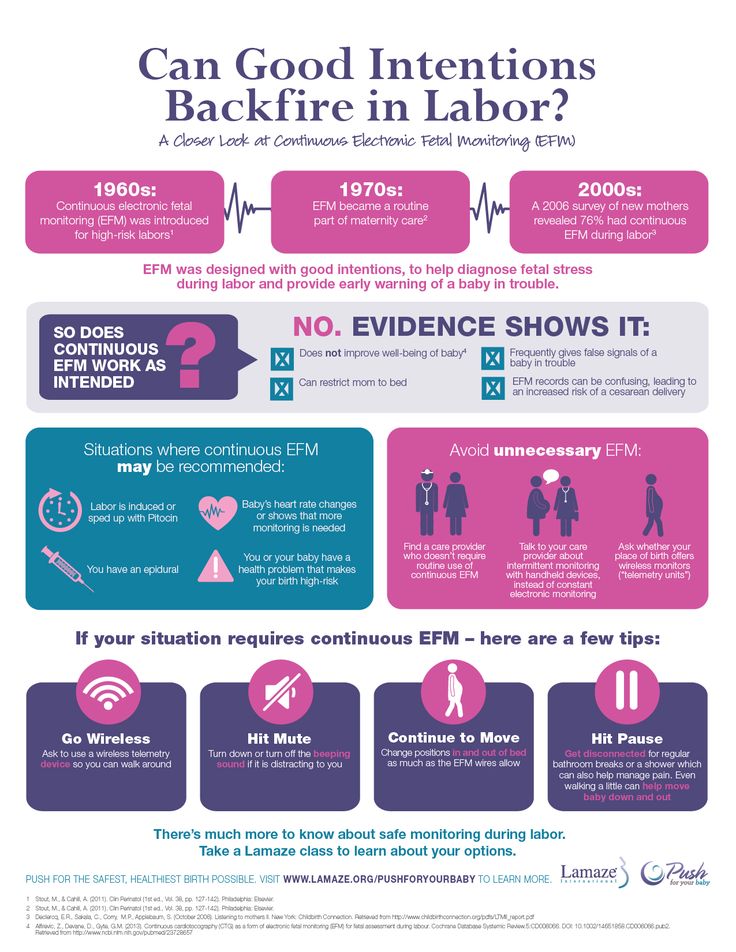
Discount plans for Childbirth
One kind of insurance plan that you can get year-round to help cover the cost of your medical care is a discount plan
These plans offer you discounts on certain health care services, prescriptions, and medical devices – like hearing aids, for example – from in-network providers. These plans can help you save certain percentages on necessary services like prenatal and postpartum care.
These plans are a great low-cost option considering they can cost around $25-$45 per month and offer substantial discounts. For example, with AmeriaPlan’s Deluxe Plus Membership, which is $39.95 per month, you can save up to 80% on wellness screenings, ancillary services, and they can help provide you with a bill negotiator to help you save on medical costs.
Hospital indemnity insurance
Another option for those without insurance is a hospital indemnity plan. These plans can help you prepare for the cost of labor and delivery. These plans can also help pay for long term stays in the hospital.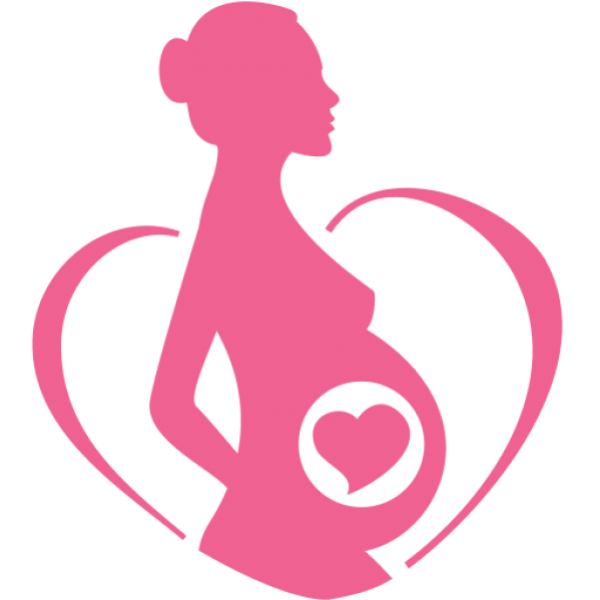 This coverage can especially be helpful if you or your baby need to be admitted into the ICU or NICU.
This coverage can especially be helpful if you or your baby need to be admitted into the ICU or NICU.
If you think that you may have a complicated delivery, hospital indemnity insurance may be appealing. They are a generally low-cost option considering hospital indemnity plans may pay up to $3,000 per admission (your admission and your child’s admission are separate) while only costing around $45 per month.
Short-term and long-term disability coverage for pregnancy
Another way to help offset the cost of pregnancy and birth is to purchase short-term disability insurance. This type of coverage helps cover the time you’re out of work while pregnant as well as during and post-delivery. If you expect a complicated delivery or twins (or more), short-term or long-term disability coverage may be something you want to consider even though this type of coverage tends to be costly.
Short or long-term disability coverage can supply much-needed income during and after pregnancy. According to the Bureau of Labor Statistics, only around 15% of US workers in 2017 had family leave benefits – even though federal law requires most employers to give workers 12 weeks of unpaid leave.
According to the Bureau of Labor Statistics, only around 15% of US workers in 2017 had family leave benefits – even though federal law requires most employers to give workers 12 weeks of unpaid leave.
Most policies pay a six-week benefit for a vaginal birth and an eight-week benefit for a C-section. Most women have to stop working before delivery and some women need to take time off after giving birth because of complications like hypertension related to pregnancy and postpartum depression.
The cost of this type of coverage is a little more expensive as it tends to be a percentage of your annual gross income. You can expect to pay around 1-3% of your annual gross income for disability coverage. However, if you expect to be out of work for a long period, this may be an option to consider.
Self-pay and charity rates
Generally, hospitals offer lower rates to those who are medically needy or who pay for care in cash. They don’t advertise these rates. You’ll need to call and ask to find out about them.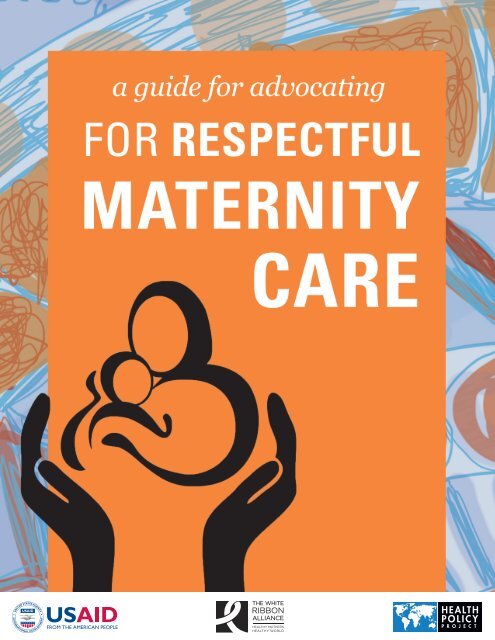
It’s common for hospitals to offer reduced fees for diagnostic procedures – such as x-rays and ultrasounds – as well as lab work. If you expect to pay out-of-pocket for services through a hospital, call and ask if they have a self-pay or charity rate. If you are uninsured or have a high-deductible, you may be able to find significant savings by negotiating with your provider.
Getting affordable maternity health coverage
Since pregnancy and giving birth are mandatory health benefits under the ACA, getting affordable maternity health coverage is as simple as finding the right health insurance plan for you and your growing family.
You can start shopping for a health insurance plan that fits your budgetary and coverage needs at any point in the year. However, you can only enroll either during the annual open enrollment period – which runs from November 1st through December 15th in most states – or during a special enrollment period.
eHealth’s intuitive site and licensed health insurance agents help you compare your health insurance plan options to help you find the plan that suits you best.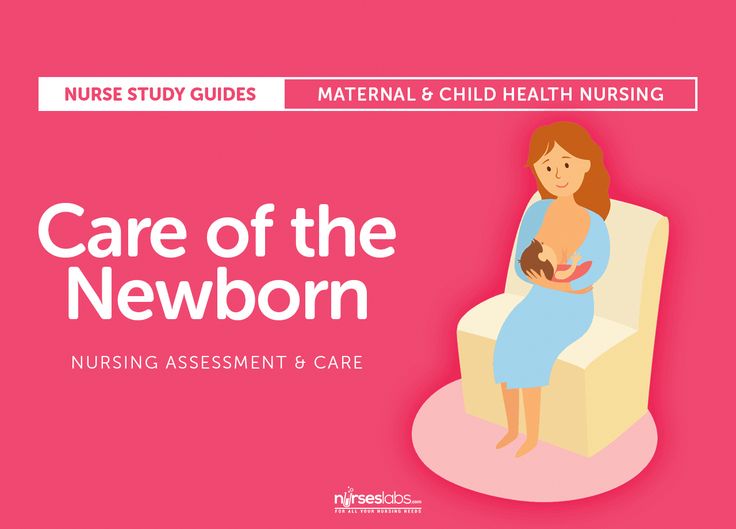 Keep in mind that eHealth’s help is completely free, you will not pay more for a plan purchased through eHealth than you would if you were to purchase it anywhere else. Additionally, eHealth’s agents are always here to help you with questions even after you’ve purchased a plan. You can learn more about pregnancy insurance and health insurance for babies by going online to the eHealth website or getting in contact with one of our licensed agents.
Keep in mind that eHealth’s help is completely free, you will not pay more for a plan purchased through eHealth than you would if you were to purchase it anywhere else. Additionally, eHealth’s agents are always here to help you with questions even after you’ve purchased a plan. You can learn more about pregnancy insurance and health insurance for babies by going online to the eHealth website or getting in contact with one of our licensed agents.
Start shopping for plans available in your area by entering your zip code below.
Maternal and child health | Ministry of Health of the Chuvash Republic
Ministry of Health of the Chuvash Republic
Version for the visually impaired
- home
- Activity
- Activities
- Organization of medical care
- Organization of medical care for mothers and children
- Maternal and child health
Activities Ensuring activities Statistics and reports public services
— Convention on the Rights of the Child — Rest and health improvement of children in 2022 — Certificate of newlyweds - Helpline — 10 facts from the life of children — Cochlear implantation — Assisted reproductive technologies in the Chuvash Republic — Schedule for the closure of obstetric hospitals in the cities of Cheboksary and Novocheboksarsk for sanitary and hygienic treatment in 2022 — Benefits of breastfeeding — All about poliomyelitis — THE CONCEPT OF THE DEVELOPMENT OF EARLY ASSISTANCE IN THE RUSSIAN FEDERATION — Information on the early diagnosis of autism spectrum disorders - A memo for children and their legal representatives on actions upon receipt of information about the commission of an unlawful act against a minor (SU IC RF for the Chechen Republic) - A memo for parents and children "On the rules for the behavior of children in situations dangerous to life and health.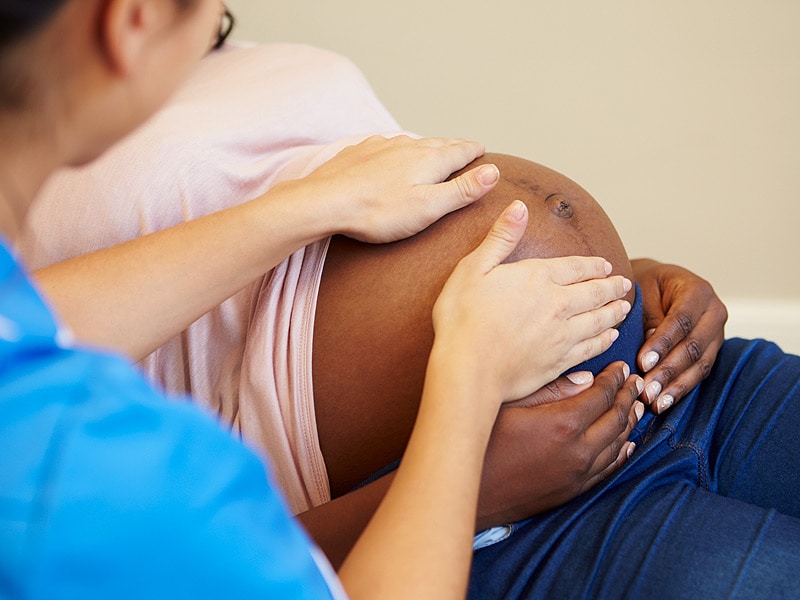 Actions of parents upon receipt of information about the commission of an unlawful act against children" — Fund "Circle of Kindness" — National program for optimizing the nutrition of children aged 1 to 3 years in the Russian Federation — Memo on the prevention of accidents with children under 1 year old — Commission of the Ministry of Health of the Chuvash Republic for assessing the consequences of a decision to reconstruct, modernize, change the purpose or liquidate a social infrastructure facility for children that is state property of the Chuvash Republic - Wave of health — 2023 - Year of happy childhood in Chuvashia
Actions of parents upon receipt of information about the commission of an unlawful act against children" — Fund "Circle of Kindness" — National program for optimizing the nutrition of children aged 1 to 3 years in the Russian Federation — Memo on the prevention of accidents with children under 1 year old — Commission of the Ministry of Health of the Chuvash Republic for assessing the consequences of a decision to reconstruct, modernize, change the purpose or liquidate a social infrastructure facility for children that is state property of the Chuvash Republic - Wave of health — 2023 - Year of happy childhood in Chuvashia
- BU "Presidential Perinatal Center" of the Ministry of Health of Chuvashia
- Crisis Pregnancy Center
- Russia - no cruelty to children!
- Hotline for supporting families with premature babies: 8-800-555-29-24
- Social support for families and children Chuvash Republic
- Orphanages of the Ministry of Health of the Chechen Republic
- Children's Safety Portal (Main Directorate of the Russian Emergencies Ministry for the Chuvash Republic)
- Publications (archive)
- Chronicle (archive)
Share
Actual
16:22 | 02/01/2023
During the year, the Republican Children's Clinical Hospital treated more than 14 thousand young residents of Chuvashia
View all›
News
08:06 | 02/09/2023
In Cheboksary expectant mothers were reminded of the rules for the safe transportation of children
13:47 | 02/08/2023
New infectious diseases building - high-quality medical care for children in comfortable conditions
11:48 | 02/08/2023
A new massage method has been introduced in the children's sanatorium "Forest Fairy Tale"
View all›
Photo reports
13:15 | 01/10/2023
Children of Chuvashia now have the opportunity to treat their teeth with anesthesia at the Republican Children's Clinical Hospital
02:24 pm | 09/12/2021
The motor ship of the Health Wave campaign arrived in Cheboksary
10:54 | 02/20/2020
Clinical Diagnostic Laboratory of the Presidential Perinatal Center
View all›
Video reports
10:59 | 01/23/2023
Making childhood happy and safe - this was discussed at the Government House
15:04 | 01/12/2023
Another triplets appeared in Novocheboksarsk
09:20 | 01/10/2023
Opening of the first dental operating room in the RCCH
View all›
Publications
17:01 | 01/30/2023
The mobile mammograph continues its work in the regions of Chuvashia
09:03 | 01/21/2023
Infant mortality in Chuvashia has halved over 10 years
16:09| 01/20/2023
Measures of comprehensive care for children with autism discussed in Chuvashia
View all›
Legislation
| No. 2467 | (posted on 12/27/2022)
2467 | (posted on 12/27/2022)
On amendments to the order of the Ministry of Health of the Chuvash Republic dated March 2, 2021 No. 303
| No. 2411 | (posted on 12/21/2022)
On approval of the Route of medical care for patients with congenital and (or) hereditary in the Chuvash Republic
| No. 696 | (posted on 12/14/2022)
About the program of the Chuvash Republic "Ensuring expanded neonatal screening"
View all›
Employees of the St. Petersburg State Pediatric Medical University visited the Krasnoyarsk Center for Maternal and Child Health
The regional clinical center for the protection of motherhood and childhood was visited by federal experts. Employees of the St. Petersburg State Pediatric Medical University supervise the regions as part of the outreach events of the National Medical Research Center, which became the St.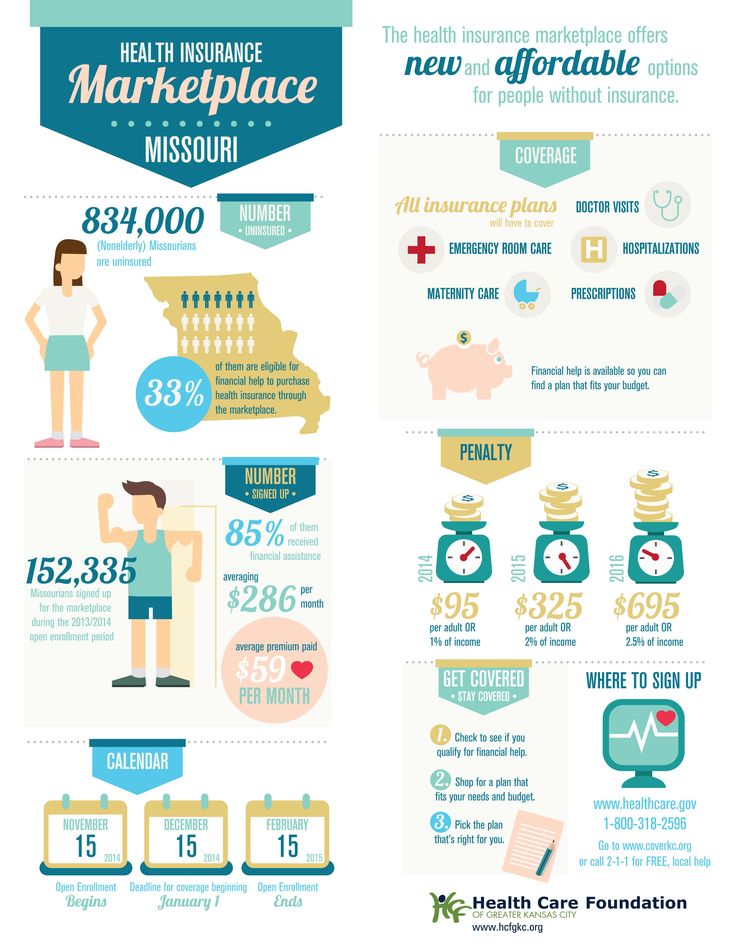 Petersburg State Pediatric Medical University in 2020. The purpose of the visit is to audit outpatient work and inpatient medical care in order to form a plan for even better care for children.
Petersburg State Pediatric Medical University in 2020. The purpose of the visit is to audit outpatient work and inpatient medical care in order to form a plan for even better care for children.
The research center implements the tasks of the national project "Healthcare", aimed at improving medical care to the level determined by the President of the Russian Federation. During the visit, work was carried out with the case histories of patients and medical outpatient cards, a number of recommendations were made to improve children's health care.
Leading experts from the Pediatric University - the oldest pediatric university and one of the largest clinics in the country - annually visit more than 40 regions of Russia. The Center for Maternal and Childhood Protection is one of those who received St. Petersburg colleagues to exchange views and resolve controversial issues, apply new methods and exchange experience. These are issues of pediatrics, as well as surgery, neonatology, obstetrics, gynecology, work aimed at preventing the death of children aged 0 to 18 years.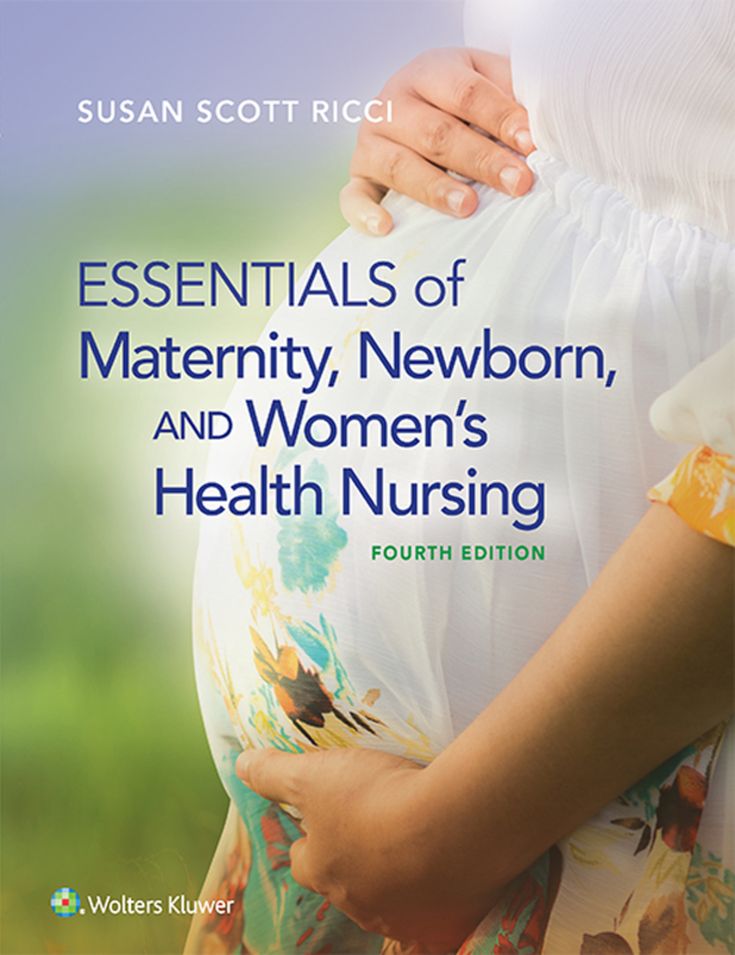 It should be noted that infant mortality in the Krasnoyarsk Territory as a percentage from 2017 to 2021 decreased by 15.9%.
It should be noted that infant mortality in the Krasnoyarsk Territory as a percentage from 2017 to 2021 decreased by 15.9%.
The guests walked through the building of the perinatal center and the children's polyclinic, assessed the work of the medical staff and discussed the working moments related to the departments and considered the tactics of managing difficult patients. “An outside view is always needed, the recommendations of our colleagues from St. Petersburg are very important for us in order to further implement them in the work of our medical institutions,” said Olga Anatolyevna Yarusova, Deputy Head of the Department for Organizing Pediatric and Obstetric and Gynecological Care of the Ministry of Health of the Krasnoyarsk Territory.
The head of the group is Yuri V. Petrenko, Vice-Rector for National Projects and Medical Work of the FGBOU HE SPbGPMU of the Ministry of Health of the Russian Federation, chief freelance specialist neonatologist of the North-West Federal District, Ph.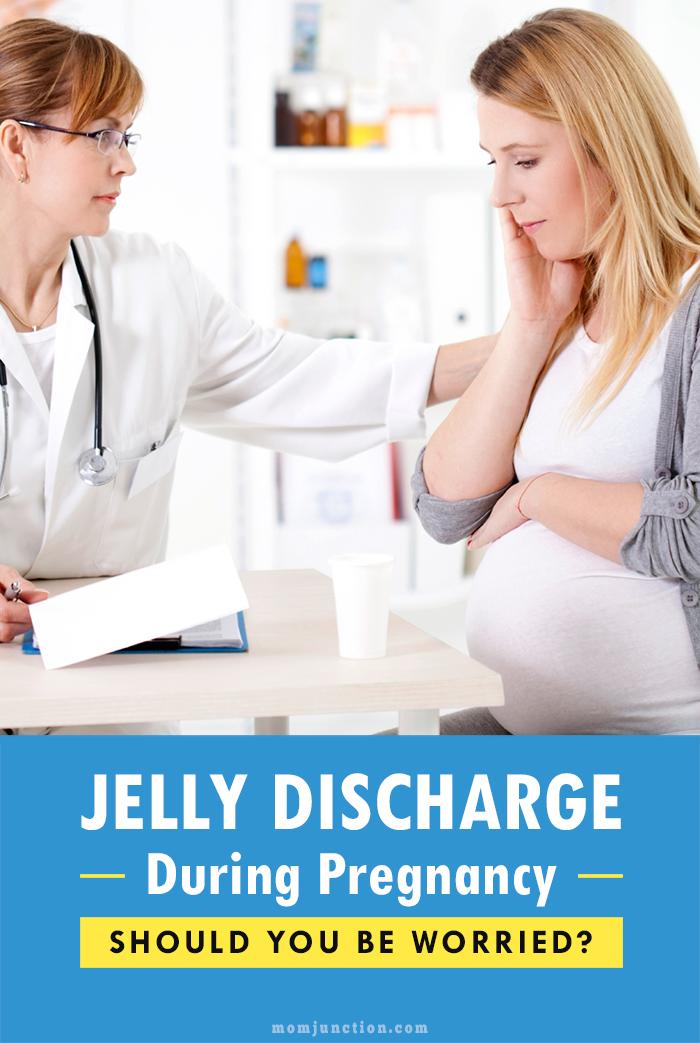 D. the department of pathology of newborn premature babies of the 2nd stage and the department of neonatal anesthesiology and resuscitation, received answers to all his questions about the condition of newborn patients.
D. the department of pathology of newborn premature babies of the 2nd stage and the department of neonatal anesthesiology and resuscitation, received answers to all his questions about the condition of newborn patients.
“From my point of view, the level of education, understanding, competence of doctors, heads of departments of this institution is beyond doubt. Children are provided with full assistance at all stages. The continuity and quality of medical care is clearly traced. Even such deeply premature babies are helped not only to survive, but also to determine their quality of life, which we call "health", thanks to all the necessary actions of doctors. The Center for the Protection of Motherhood and Childhood is, of course, a quality link in the tiered system of providing medical care to mothers and children, as it accepts patients from all over the Krasnoyarsk Territory,” said Yuri Valentinovich.
.Krasnoyarsk Regional Clinical Center for Maternal and Child Health is the largest healthcare institution in the system of maternal and child health in the region, providing highly qualified specialized and high-tech care to children with various somatic and surgical pathologies, as well as pregnant women, women in childbirth, puerperas, girls and women with gynecological diseases .